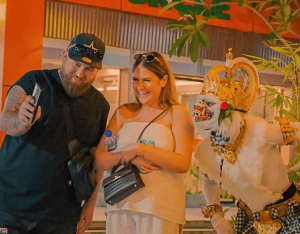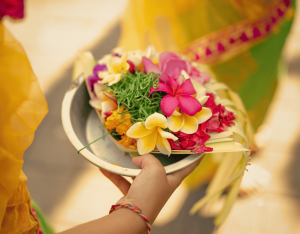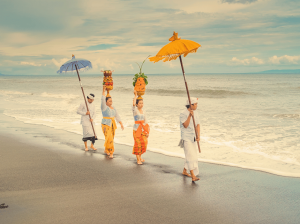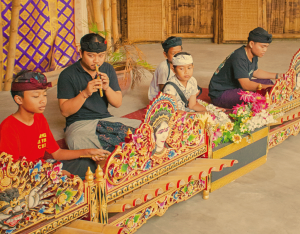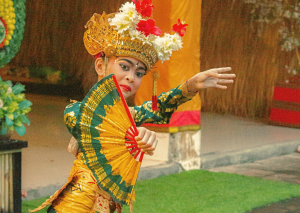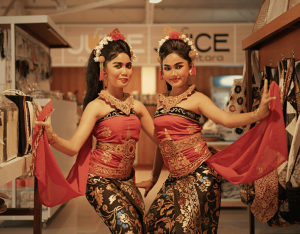Bali is often celebrated for its beauty the sound of gamelan echoing through temples, the movement of dancers in golden attire, and the serenity of its landscapes. Yet beneath this beauty lies something deeper: a philosophy of harmony that shapes every aspect of Balinese life. In dance, this harmony becomes visible a graceful balance between body, spirit, rhythm, and community. What can the world learn from this living art of balance?
The Meaning of Harmony in Balinese Art and Life
In Balinese culture, harmony is not just an idea it is a way of living. Life is guided by the belief in sekala and niskala, the seen and unseen worlds that coexist in balance. Every act, from daily offerings to artistic creation, is performed with the goal of maintaining this equilibrium.
Dance embodies this belief more clearly than any other form of art. Every gesture and rhythm represents a dialogue between movement and stillness, strength and grace, devotion and joy. In Balinese dance, harmony is not achieved through perfection, but through unity of purpose. Dancers, musicians, and audiences share in one collective rhythm each part essential to the whole.
Philosophies of Balance: Rwa Bhineda and Tri Hita Karana
Rwa Bhineda teaches that all things exist in pairs light and dark, joy and sorrow, creation and destruction. Neither side dominates; both are needed to sustain harmony. This duality appears vividly in dance, where contrasting movements slow and fast, delicate and powerful reflect the balance of opposing forces.
Meanwhile, Tri Hita Karana emphasizes harmony between humans, nature, and the divine. In dance, this is expressed through alignment between body and soul, dancer and earth, rhythm and prayer. The dancer moves not for self-expression alone, but as a conduit of connection. Through each movement, Bali reminds us that true balance is not the absence of conflict but the peaceful coexistence of opposites.
Harmony in Practice: Dance as Collective Expression
Balinese dance is rarely a solo performance. It thrives on collaboration between dancers, the gamelan ensemble, and the choreographer who weaves every detail into unity. Each performer listens, adjusts, and responds, ensuring that no single element overwhelms the others.
This cooperation mirrors the essence of gotong royong, the Balinese spirit of working together. In group dances, even the smallest motion must align with the rhythm of the community. The beauty arises not from individuality, but from shared coordination and mutual awareness.
This collective harmony extends beyond the stage. It reflects how Balinese people live through cooperation, respect, and shared purpose. In this sense, every dance becomes a lesson in unity and coexistence.
Living the Philosophy at Sawelas Nusantara
At Sawelas Nusantara, this philosophy of harmony is not just performed it is lived. The stage becomes a meeting place for artists, travelers, and cultures, all connected through movement and sound. Each performance is a dialogue between tradition and the present moment, between the island’s heritage and the visitors who come to witness it.
Here, harmony takes form through collaboration dancers and musicians performing in sync, creators honoring ancient roots while embracing new interpretations. Visitors can feel the energy that binds it all together: balance, rhythm, and mutual respect.
📍 Visit Sawelas Nusantara at Bali Collection, Jl. ITDC Nusa Dua Lot BC, Benoa, South Kuta, Badung, Bali.
📅 Check our event schedule and feel the harmony that moves through every performance.
Experience the beauty of connection where every step, sound, and spirit moves in perfect balance at Sawelas Nusantara, Nusa Dua.
